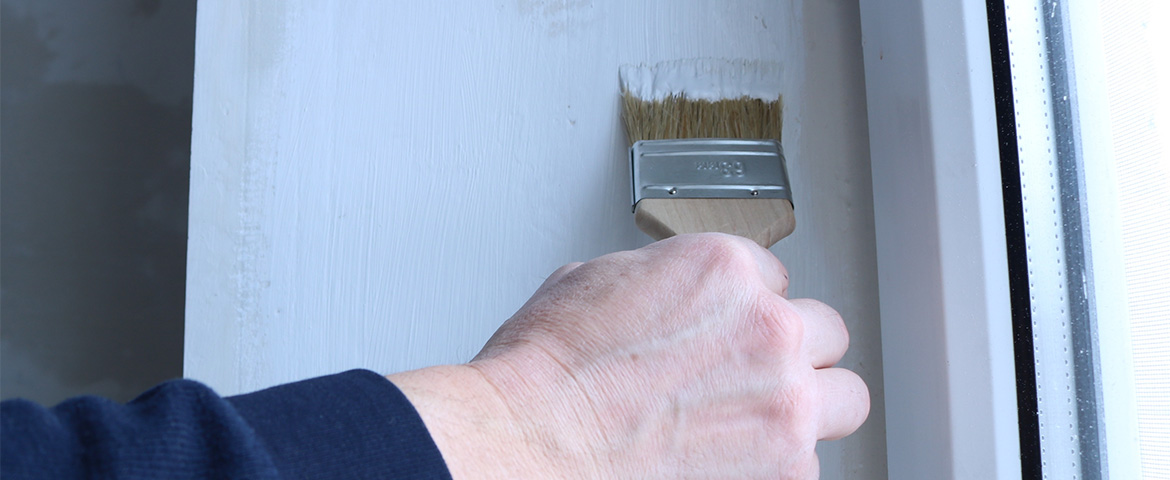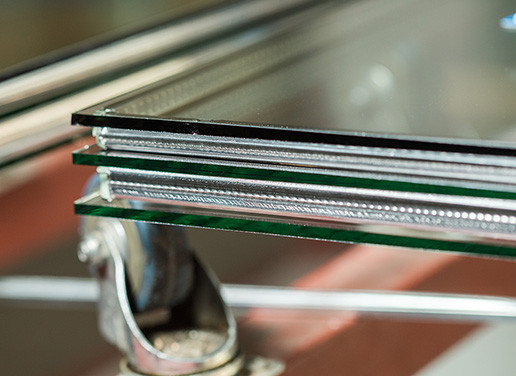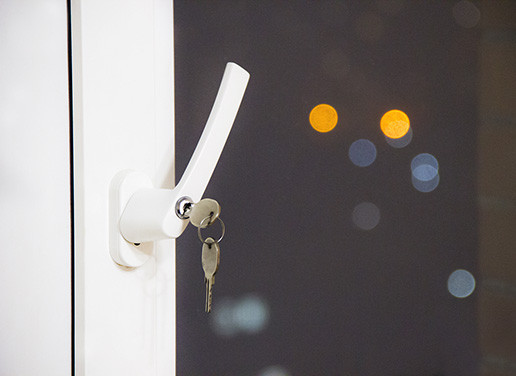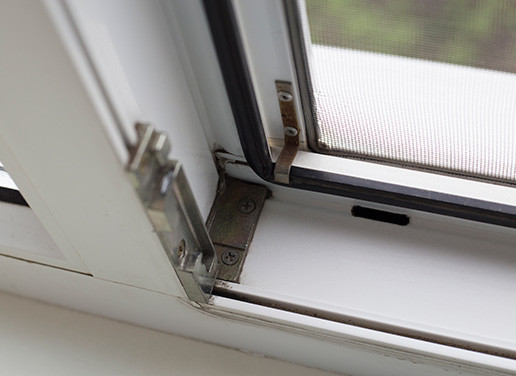The need for window insulation

The heat in the house after the installation of metal-plastic windows depends not only on the quality of the structures themselves and proper installation, but also on working with slopes. Ideally, the slopes should be insulated both from the street and from the room.
Proper finishing of the slopes will help solve the issue of thermal insulation of the room and should be carried out using special materials (foam, expanded polystyrene, mineral wool). In addition, it is necessary to take into account the installation features. Therefore, in the article we will understand in detail how to insulate slopes to increase energy efficiency.
Why is the insulation of window slopes so important?
Today, such finishing is necessary regardless of which region the window will be installed in.
Warm slopes solve such problems:
- Thermal insulation function. All possible cracks and holes between the window opening and the structure must be sealed using thermal insulation materials that will ensure energy saving. Otherwise, the benefit of replacing windows with modern PVC structures is significantly reduced.
- Tightness function. It is important to ensure complete tightness of all joints and joints, since moisture entering the gaps can contribute to the appearance of rust, and in the long term, and the destruction of structural fasteners.
- Microclimate control function. Insulation of slopes in compliance with DSTU regulations will help to create such a microclimate in the room that will prevent the appearance of mold.
Thus, the need for high-quality thermal insulation of the slopes of the plastic window is obvious. Do not forget that the finishing stage of thermal insulation and insulation will be finishing. This stage will give the window opening a complete look, as well as protect the thermal insulation layer from moisture and atmospheric influences.
Selection of thermal insulation materials
Turning to the choice of thermal insulation materials for finishing, it is necessary to clearly understand the difference between them.
Let's consider the main materials with which the thermal insulation of window slopes is carried out:
- Polyurethane mounting foam. This self-expanding mass is blown into the cracks and holes between the profile and the opening, has a low thermal conductivity. However, it is used not only as a sealer — foam also has sealing properties.
- Styrofoam or extruded polystyrene foam. Styrofoam and its analogues are popular due to their low thermal conductivity. Its price is relatively low, and the thermal insulation qualities directly depend on the thickness of the sheet. An important drawback is the high flammability (it is higher for foam, lower for expanded polystyrene).
- Mineral wool. It is produced in the format of a roll or individual plates. The main disadvantage will be a decrease in the effect of thermal insulation when getting wet: when using such cotton wool, its layer should be covered with a waterproofing membrane.
- Foil materials. In the structure there is a layer of foamed polymer, which directly provides thermal insulation, as well as a layer of foil. The foil in this connection plays the role of a "thermal mirror" that reflects infrared rays.
- Sandwich panels. An easy—to-use material - with its help, it is possible to provide thermal insulation of the edges of the opening (thanks to the multilayer structure) and the finishing lining of the plastic window. The final result of the work will immediately look aesthetically pleasing.
- Plaster with low thermal conductivity. To obtain a thermal insulation effect, it is necessary to apply a thick layer of plaster, which leads to a significant consumption of material.
With the help of these materials, you can perform the insulation of slopes with your own hands both from the side of the room and from the outside. Both operations have features — and they need to be taken into account when planning the insulation of the opening in which the plastic window is installed.
Interior decoration of slopes
More often, when mentioning the insulation and finishing of slopes, they mean the insulation of slopes from the inside, from the side of the room: it is this side of the structure that is constantly in sight. Different materials are used to insulate the internal slopes of a plastic window, but the sequence of work remains the same:
- First of all, it is necessary to remove the remnants of foam, which was used during the installation of plastic windows.
- All joint surfaces and planes are treated with materials with antifungal characteristics.
- To align all the irregularities of the opening, cement-based plaster is used.
- The next stage is the use of thermal insulation panels based on styrofoam or expanded polystyrene. At this stage, polyurethane foam is also used, which hermetically seals the gaps and gaps remaining between the foam panels.
- The finishing stage is finishing the slopes of a plastic window with plaster, drywall or other materials.

Exterior finishing of slopes
The insulation of the slopes from the outside is aimed at reducing thermal conductivity, as well as protecting the mounting seam from moisture. An important point when working will be that the external mounting seam must remain vapor permeable, so it is not recommended to use materials that prevent vapor diffusion. Styrofoam or expanded polystyrene, used for these purposes by many craftsmen, do not have the necessary vapor permeability — finishing slopes with their help leads to a violation of the microclimate in the room.
Instead of foam for external insulation, it is better to use:
- Mineral wool
- Plaster with thermal insulation components
At the final stage of aesthetic finishing of slopes, similar vapor-permeable putties or paints should be used.
It is almost always necessary to insulate the slopes of plastic windows with foam or other materials. This enhances the heat-saving effect when replacing windows and improves the microclimate in the room. To achieve optimal results, the process of warming the slopes of a plastic window must be entrusted to qualified specialists who know the technology of thermal insulation well and do not make mistakes that lead to a violation of the humidity regime.
You can order a qualified installation by following the link



